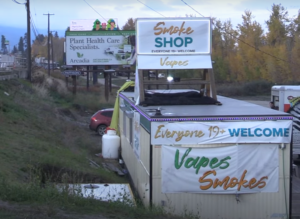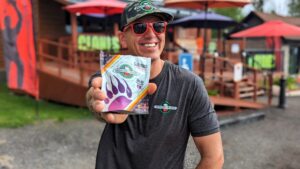Ad messages focused on harm reduction for youth and women who are breastfeeding or pregnant
From columbiavalleypioneer.com link to article by JENNIFER FEINBERG Nov. 28, 2018
It’s a culturally informed approach to cannabis being taken this week by the First Nations Health Authority (FNHA).

A new FNHA ad campaign is aimed at delaying first cannabis use, and reducing the harms among young people as well as expectant and breastfeeding mothers.
“We recognize that each First Nation will have its own perspectives on regulations around the sale and use of cannabis,” said Grand Chief Doug Kelly, chair of the First Nations Health Council.
The marketing messages reinforce Indigenous strength, and are based on the principles of harm reduction.
With 43 per cent of the Indigenous population in B.C. under 25, the FNHA is taking the proactive step to provide some wellness and health information in the wake of cannabis legalization in Canada.
“This is a first step in addressing the potential consequences of cannabis legalization for our communities based on global best practices and traditional teachings,” said Evan Adams, Chief Medical Officer of the First Nations Health Authority. “It is a wellness-centered campaign built on Indigenous values of personal and family responsibility, healthy relationships, and a culture of choices.”
The new campaign reminds Indigenous youth and women that their culture and traditional values give them “the strength and ability” to make the best choices around their health.
Examples of the messages:
• My protection is Indigenous. Our teachings guide me to understand the impact cannabis has on me and my baby when I’m pregnant or breastfeeding.
• My patience is Indigenous. Our teachings guide me to reflect on the benefits of waiting until I’m older before trying cannabis.
The ads are geared to multi-media platforms, radio spots, and transit shelter ads across B.C. that will direct people to a cannabis web portal for information and FNHA resources.
The campaign at www.fnha.ca/cannabis is where First Nations people and communities along with health professionals and leadership “can access culturally appropriate tools, information and resources.”













Comments are closed.